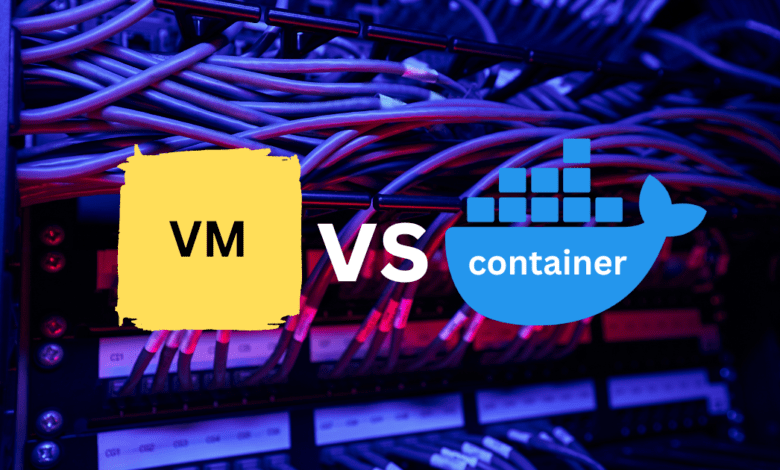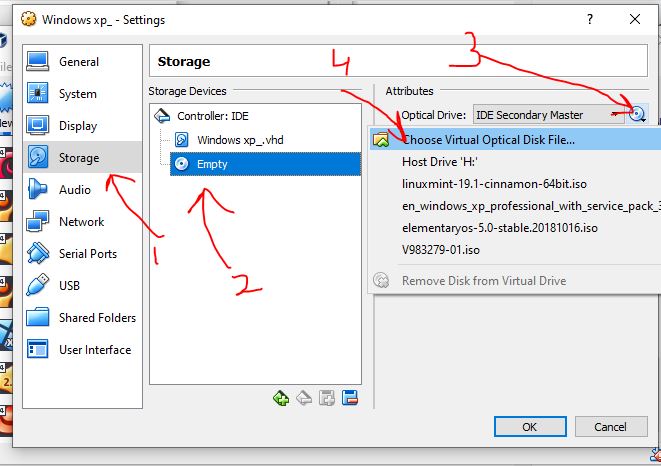

- #Windows virtual machine how to
- #Windows virtual machine mac os x
- #Windows virtual machine install
- #Windows virtual machine code
- #Windows virtual machine download
The AMD edit involves a few more lines than the Intel version, but you can copy and paste the data into the file.īrowse to macOS Monterey.vmx, right-click, and select Open with > Notepad (or your preferred text editor). Like the above section, AMD users must also edit the VMX file before proceeding. Edit the macOS Monterey VMX File for AMD Hardware You can now open VMware, select your macOS Monterey virtual machine, and fire it up! 5. Scroll to the bottom of the configuration file and add the following line: smbios.reflectHost = "TRUE"
#Windows virtual machine mac os x
The default location is: C:\Users\YOURNAME\Documents\Virtual Machines\YOUR MAC OS X FOLDERīrowse to macOS Monterey.vmx, right-click, and select Open with > Notepad (or your preferred text editor). Head to the location you stored the macOS virtual machine. On the next screen, select your language of choice, then Continue.Ĭlose VMware. You will see a long stream of text, followed by the Apple logo. Double-click your macOS virtual machine to start it. VBoxManage setextradata "macOS Monterey" "VBoxInternal/Devices/smc/0/Config/GetKeyFromRealSMC" 1Īfter the completion of the commands and presuming you encountered no errors, close the Command Prompt. VBoxManage setextradata "macOS Monterey" "VBoxInternal/Devices/smc/0/Config/DeviceKey" "ourhardworkbythesewordsguardedpleasedontsteal(c)AppleComputerInc" VBoxManage setextradata "macOS Monterey" "VBoxInternal/Devices/efi/0/Config/DmiBoardProduct" "Mac-AA95B1DDAB278B95" VBoxManage setextradata "macOS Monterey" "VBoxInternal/Devices/efi/0/Config/DmiSystemVersion" "1.0" VBoxManage setextradata "macOS Monterey" "VBoxInternal/Devices/efi/0/Config/DmiSystemProduct" "iMac19,1" Here are the commands: VBoxManage.exe modifyvm "macOS Monterey" -cpuidset 00000001 000106e5 00100800 0098e3fd bfebfbff For instance, my virtual machine name is macOS Monterey. Adjust the command to match the name of your virtual machine. Now, enter the following commands, one by one. Use the following command to locate the Oracle VirtualBox directory: cd "C:\Program Files\Oracle\VirtualBox\"
#Windows virtual machine code
The code snippets that an AMD system requires to boot a macOS Monterey using VMware on AMD hardware differs from the Intel code, but you can find the tutorial and the code snippet in the sections below. This tutorial will focus on installing macOS Monterey in a virtual machine running on Intel and AMD hardware, using either VirtualBox or VMware Player.
#Windows virtual machine download
Monterey is the latest stable macOS version at the time of writing, although macOS Ventura is just around the corner, You can find the download links for macOS Monterey in the next section.įREE CHEAT SHEET: The Ultimate List of Helpful Windows Alt Codes
#Windows virtual machine how to
The tutorial details how to create macOS virtual machines using both Oracle VirtualBox Manager (VirtualBox) and VMware Workstation Player (VMware Player).
#Windows virtual machine install
What Files Do You Need to Create a macOS Virtual Machine on Windows 10?īefore delving into the "how-to," you need to download and install the essential tools. When he isn't working on a computer or DIY project, he is most likely to be found camping, backpacking, or canoeing.So, here's how you install macOS in a virtual machine on Windows, making a virtual Hackintosh that lets you run Apple apps from your Windows machine. He has designed crossovers for homemade speakers all the way from the basic design to the PCB. He regularly repairs and repurposes old computers and hardware for whatever new project is at hand. He enjoys DIY projects, especially if they involve technology. He also uses Proxmox to self-host a variety of services, including a Jellyfin Media Server, an Airsonic music server, a handful of game servers, NextCloud, and two Windows virtual machines. He has been running video game servers from home for more than 10 years using Windows, Ubuntu, or Raspberry Pi OS. Nick's love of tinkering with computers extends beyond work. In college, Nick made extensive use of Fortran while pursuing a physics degree.

Before How-To Geek, he used Python and C++ as a freelance programmer.

He has been using computers for 20 years - tinkering with everything from the UI to the Windows registry to device firmware. Nick Lewis is a staff writer for How-To Geek.


 0 kommentar(er)
0 kommentar(er)
